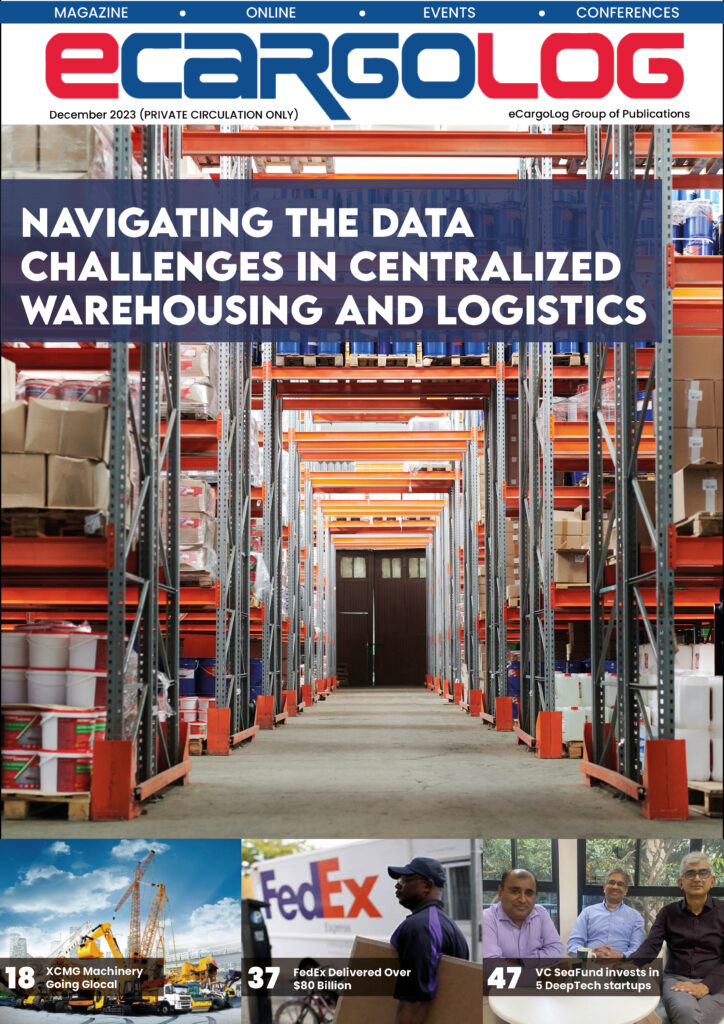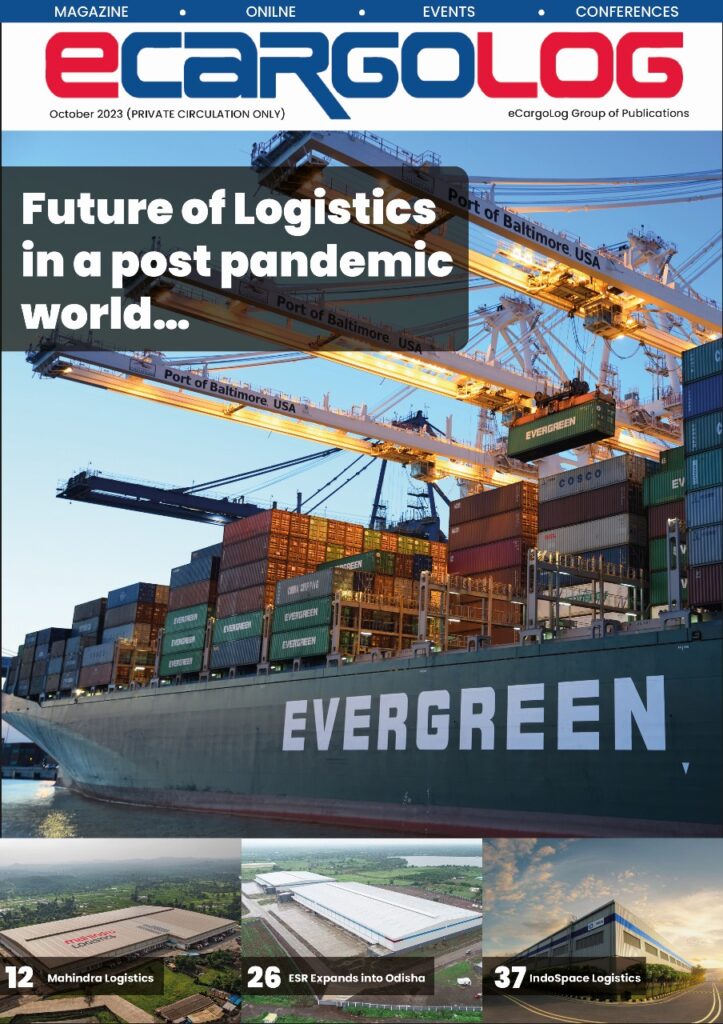 E-commerce giant Amazon.com is taking lessons learnt from its daily battles with India’s choked roads and cramped cities to some of its largest developed markets, exporting a model of cheaper deliveries and reduced warehousing costs.
E-commerce giant Amazon.com is taking lessons learnt from its daily battles with India’s choked roads and cramped cities to some of its largest developed markets, exporting a model of cheaper deliveries and reduced warehousing costs.
Online shopping is booming in India, where millions of consumers are newly able to access the internet thanks to cheap smartphones. For Amazon, it is already the largest contributor of new customers outside the US.
But, like local rivals Flipkart and Snapdeal, Amazon has struggled with deliveries in cities where snarl-ups are frequent and road signs unreliable. In response, firms have set up logistics networks and use motorbikes instead of trucks. Flipkart, for one, has tapped Mumbai’s dabbawalas, a more than a century-old lunch box distribution service.
More than two years on from its arrival in India, Amazon says it is now ready to apply some of the innovations applied here to markets including the US, Mexico and Brazil. Britain, for example, could get a delivery service called Easy Ship, where orders are picked up by Amazon’s crew directly from sellers, cutting out the time and cost of sending goods to a warehouse and the need for more space.
 “It’s not just that we learn from the big brothers like North America,” Akhil Saxena, director of operations at Amazon India said in a recent interview at the company’s local headquarters in the southern city of Bangalore.
“It’s not just that we learn from the big brothers like North America,” Akhil Saxena, director of operations at Amazon India said in a recent interview at the company’s local headquarters in the southern city of Bangalore.
“There is so much focus on India and the kind of growth that is happening here … People say, if it works for them, let’s see what we can pick and learn,” said Saxena.
E-commerce in India could grow to $137 billion by 2020 from $11 billion in 2013, says Morgan Stanley, and firms like Amazon, local market leader Flipkart and rival Snapdeal, backed by Japan’s SoftBank, are fighting for a bigger share.
Speedy and cheap delivery is critical to winning over customers in a cut-throat industry, where heavy discounts mean firms are already burning through substantial cash to grow.
Harish Bijoor, an independent brand expert and business analyst, said the innovative delivery services were helping Amazon extend its reach in India, even at the cost of giving up some control over logistics — a lesson it could export.
“E-commerce is a trust business today and without that you cannot achieve scale,” Bijoor said.
Unlike in its other markets, government restrictions on foreign investment mean Amazon operates in India purely as a marketplace, rather than hawking its own goods. That tightens its relations with a multitude of sellers, and underlines the need to keep those connections simple. Launched in India in 2014, Easy Ship, for example, cuts out costs of storing, packing and separately shipping goods.
“This probably cuts your overall transportation cost at least by half,” said Samuel Thomas, Amazon India’s director of transportation, adding it trains sellers to provide the service, now used by 30,000, or over 75 per cent of them.
Another service introduced in India in May and considered for export to other markets, Seller Flex, allows sellers to have flexibility to store goods and ship them to customers on their own, instead of routing them through Amazon.
Courtesy: REUTERS







